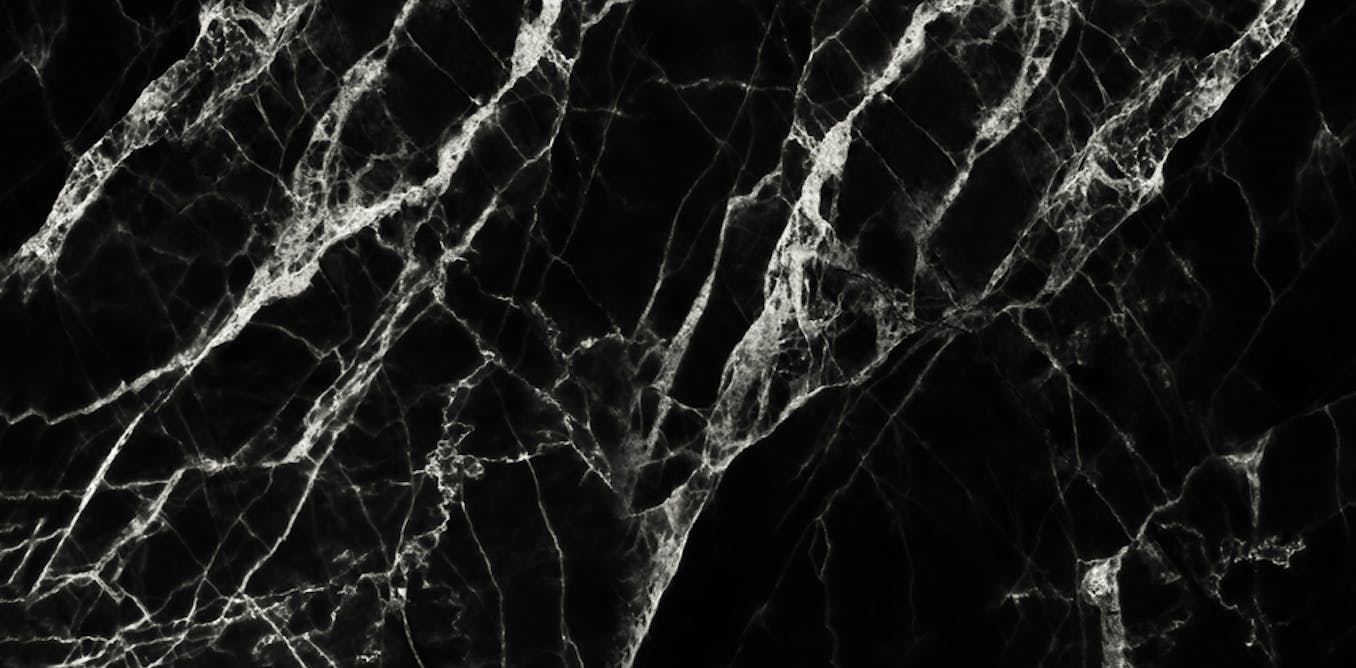Silicosis is not a new occupational lung disease. For instance, it’s been reported since ancient times in stonemasons and miners who breathed in silica dust. In Australia, we’ve seen it for decades in construction and demolition workers.
However, until the past ten years or so, case numbers were low, both in Australia and internationally. That was until the introduction of engineered stone, a particularly potent source of silica dust. Some engineered stone contains 90% or more silica.
This led to an unprecedented re-emergence of the disease. An estimated one in four engineered stone workers has already developed silicosis as a result of their exposure. Many more will continue to be affected in the future.
While this ban is an incredible step forward and a win for public health, engineered stone is only part of the problem. We still see significant silica exposure in other industries, including construction, mining and tunnelling.



You could be right on the governments dislike of a popular and profitable imported product!.. But what about RPE ?
RPE will not eliminate disease in cases of extended long term exposure.
RPE has only to be used as ‘The very last resort’…and is only supposed to be used as…‘The very last resort’…and only as…‘The very last resort’ for short periods of time, as…‘The very last resort’
Why do so many people equate the usage of respiratory protection with ‘A Safe Working Environment ?’
In areas where long term usage of such protection is required, an operatives working environment is exactly the opposite of ‘SAFE’ !
There is No Known Safe Working Exposure Limit when working in respirable crystalline silica dust…NONE !